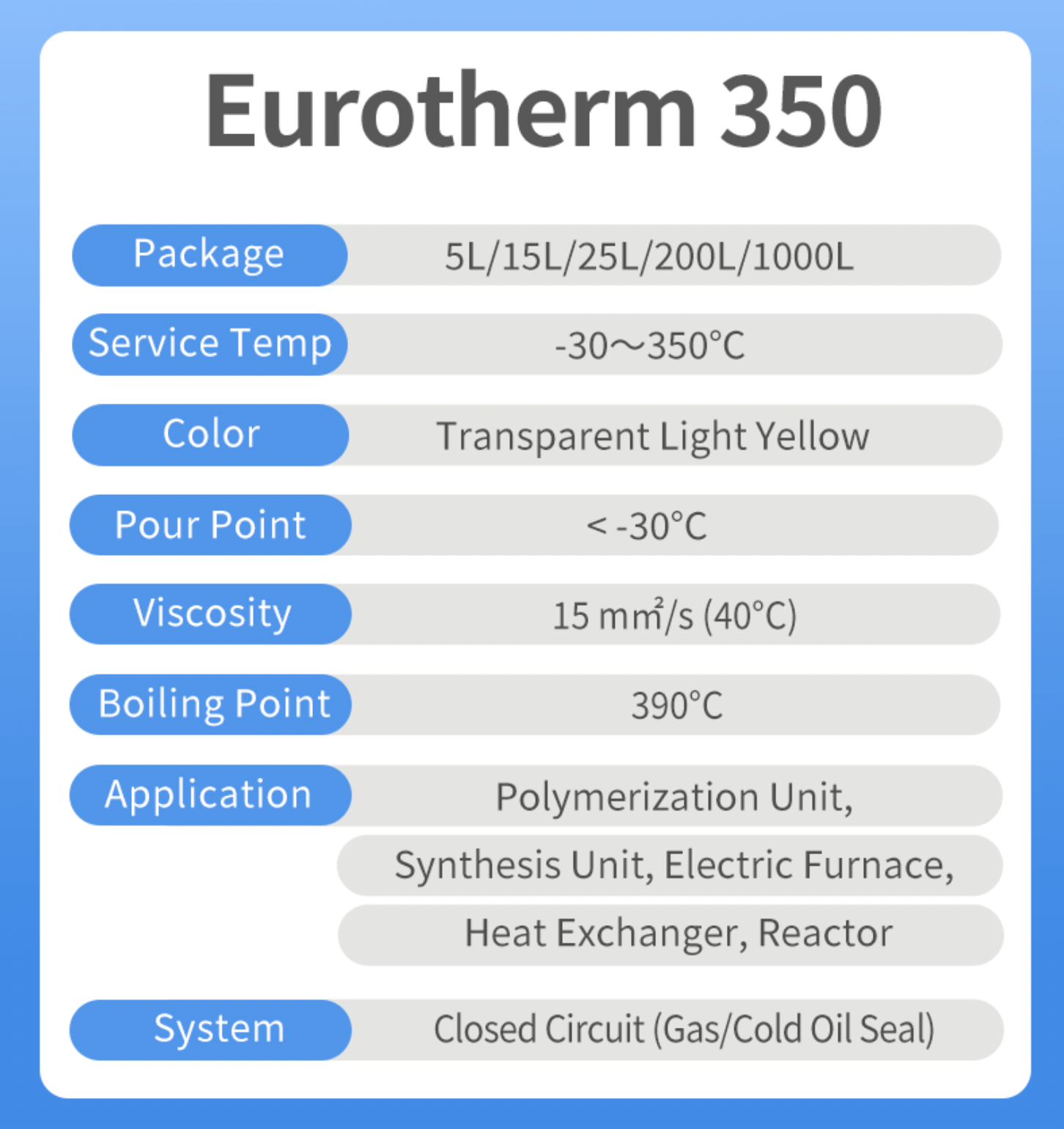The 8-Second Trick For Chemie
The 8-Second Trick For Chemie
Blog Article
Excitement About Chemie
Table of Contents6 Easy Facts About Chemie DescribedChemie for DummiesThe 20-Second Trick For ChemieSome Ideas on Chemie You Need To KnowThe Ultimate Guide To ChemieThe smart Trick of Chemie That Nobody is Talking About
(https://hearthis.at/bette-anderson/set/chemie/)Measured change in electric conductivity of fluid samples as a feature of time when stirred with the resin example in the closed indirect air conditioning loophole experiment. Figure 6 reveals the modification in the measured electrical conductivity of the fluid samples when mixed with the resin example. The conductivity of the water sample from the shut loophole experiment decreased by approximately 70% from 11.77 S/cm to 3.32 S/cm in 6 hours.These results indicated that the ability of the resin depends on the test fluid made use of for the experiment. This reveals that various ions present in the fluid will lead to various ion exchange capability of the liquid. As a result, calculating the ion exchange resin capability with the fluid sample from the real air conditioning loop is essential.
The Only Guide for Chemie
For that reason, an ion exchange material cartridge consisting of 20g of Dowex blended bed material might handle order 938 days to saturate. Simply put, to preserve a low electrical conductivity, a resin cartridge with the dimension and weight requirements as that of the material cartridge utilized in the experiment, need to be changed every 30 months for the air conditioning system that was made use of in the experiment
The air conditioning of electronic parts has actually come to be a significant obstacle in recent times due to the advancements in the layout of faster and smaller sized elements. As a result, various cooling technologies have actually been established to efficiently get rid of the heat from these components [1, 2] Making use of a fluid coolant has become eye-catching because of the higher warm transfer coefficient achieved as contrasted to air-cooling.
How Chemie can Save You Time, Stress, and Money.
A single stage cooling loop is composed of a pump, a heat exchanger (cool plate/mini- or micro-channels), and a heat sink (radiator with a follower or a liquid-to-liquid warmth exchanger with chilled water air conditioning). The warmth source in the electronic devices system is attached to the warm exchanger.
The needs may vary relying on the sort of application. Complying with is a list of some general demands: Excellent thermo-physical properties (high thermal conductivity and certain warmth; low viscosity; high unexposed warmth of evaporation for two-phase application) Low cold factor and ruptured factor (in some cases ruptured security at -40 C or reduced is needed for shipping and/or storage functions) High climatic boiling factor (or reduced vapor stress at the operating temperature) for single stage system; a slim wanted boiling factor for a two-phase system Excellent chemical and thermal stability for the life of the electronics system High flash point and auto-ignition temperature (in some cases non-combustibility is a demand) Non-corrosive to products of building and construction (steels along with polymers and other non-metals) No or minimal regulatory constraints (eco-friendly, harmless, and potentially naturally degradable) Cost-effective The finest electronic devices coolant is a cost-effective and safe fluid with excellent thermo-physical residential properties and a lengthy life span.
The Ultimate Guide To Chemie
Many of these fluids have a non-discernible odor and are safe in situation of contact with skin or intake. As discussed before, aliphatic PAO-based liquids have actually replaced the silicate-ester liquids in a range of military electronic devices (and avionics) cooling applications in the last decade. One more class of popular coolant chemistry is dimethyl- and methyl phenyl-poly (siloxane) or generally recognized as silicone oil.
Of all, these fluids are non-combustible and safe. Some fluorinated compounds have no ozone depleting prospective and various other environmental properties.
This coolant is categorized as toxic and ought to be taken care of and disposed of with treatment. The quality of water utilized for the preparation of a glycol remedy is really vital for the system.
Chemie Fundamentals Explained

This is a low price antifreeze service, locating usage in refrigeration solutions and ground resource heat pumps - silicone fluid. This liquid can be utilized down to -40 C owing to its reasonably high rate of warm transfer in this temperature level variety.
It is thought about more dangerous than ethylene glycol and subsequently has actually discovered use only for process applications situated outdoors. Methanol is a combustible fluid and, as such, introduces a potential fire risk where it is saved, took care of, or made use of.
Facts About Chemie Uncovered
As a flammable fluid, it needs certain preventative measures for taking care of and storage space. Aqueous services of calcium chloride find vast usage as circulating coolants in food plants. It is non-flammable, safe and thermally much more reliable than the glycol options. A 29% (by wt.) calcium chloride solution has a cold factor Read Full Report below -40 C.

Report this page